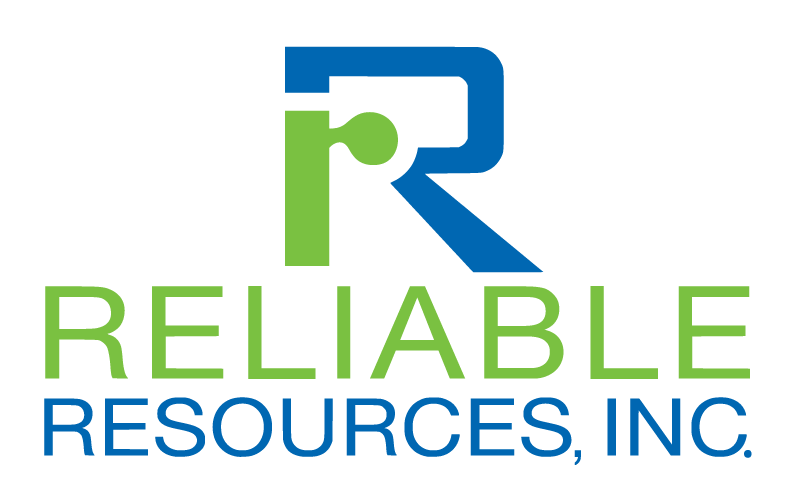Interest Rates and Jobs: Navigating the Summer 2024 Landscape
As the Federal Reserve continues its monetary tightening policy in 2024, the job market is evolving in unexpected ways. While there have been several interest rate hikes this year, the Federal Reserve chose to leave interest rates unchanged at their most recent meeting, which concluded on June 12, 2024. However, they have indicated a potential for two more rate hikes before the end of 2024. The last time the Fed raised rates was in July 2023. The labor market has remained surprisingly resilient, but both employers and job seekers are closely monitoring the situation, as the full impact of these higher borrowing costs may yet unfold.
If you're looking for reliable information on the current state of employment and how it relates to interest rates, here are some resources and insights:
Reliable Resources:
- Federal Reserve Website: Stay updated with the latest announcements and meeting minutes from the Fed to understand their reasoning behind interest rate decisions.
- Bureau of Labor Statistics (BLS): The BLS provides the most up-to-date data on unemployment rates, job growth, and wage changes. Their monthly reports are essential for understanding the real-time impact on the job market.
- Financial News Outlets: Reputable sources like The Wall Street Journal, Bloomberg, or Reuters offer in-depth analysis and expert opinions on how interest rate changes affect various industries and the overall economy.
Key Insights:
- Resilient Labor Market: Despite rising interest rates, the job market has shown surprising strength in the first half of 2024. Unemployment rates have remained relatively low, and job growth has continued in many sectors.
- Industry-Specific Impacts: Certain industries, like technology and finance, may experience slower hiring or layoffs due to the increased cost of borrowing. However, other sectors, such as healthcare and hospitality, continue to see strong demand for workers.
- Wage Pressures: Inflation remains a concern, and rising wages are contributing to it. The Federal Reserve is closely monitoring wage growth as it considers future interest rate decisions.
- Geographical Variations: Job markets can vary significantly across the country. Pay attention to news and data specific to your location to understand local trends.
Looking Ahead:
5. Uncertainty Remains: While the job market has been resilient so far, economists are cautiously optimistic. It's essential to stay informed and adaptable as the economic landscape continues to evolve.
6. Focus on Skills: In any economic climate, investing in your skills and education is always a wise choice. It makes you a more competitive candidate and opens up new opportunities.
7. Networking: Building a strong professional network can provide valuable support and information during times of change.
The Bottom Line:
The relationship between interest rates and the job market is complex and ever-changing. While rising rates typically lead to a slowdown in hiring, the current situation in summer 2024 is more nuanced. By staying informed and utilizing the resources mentioned above, you can navigate this evolving landscape with confidence and make informed decisions about your career.












